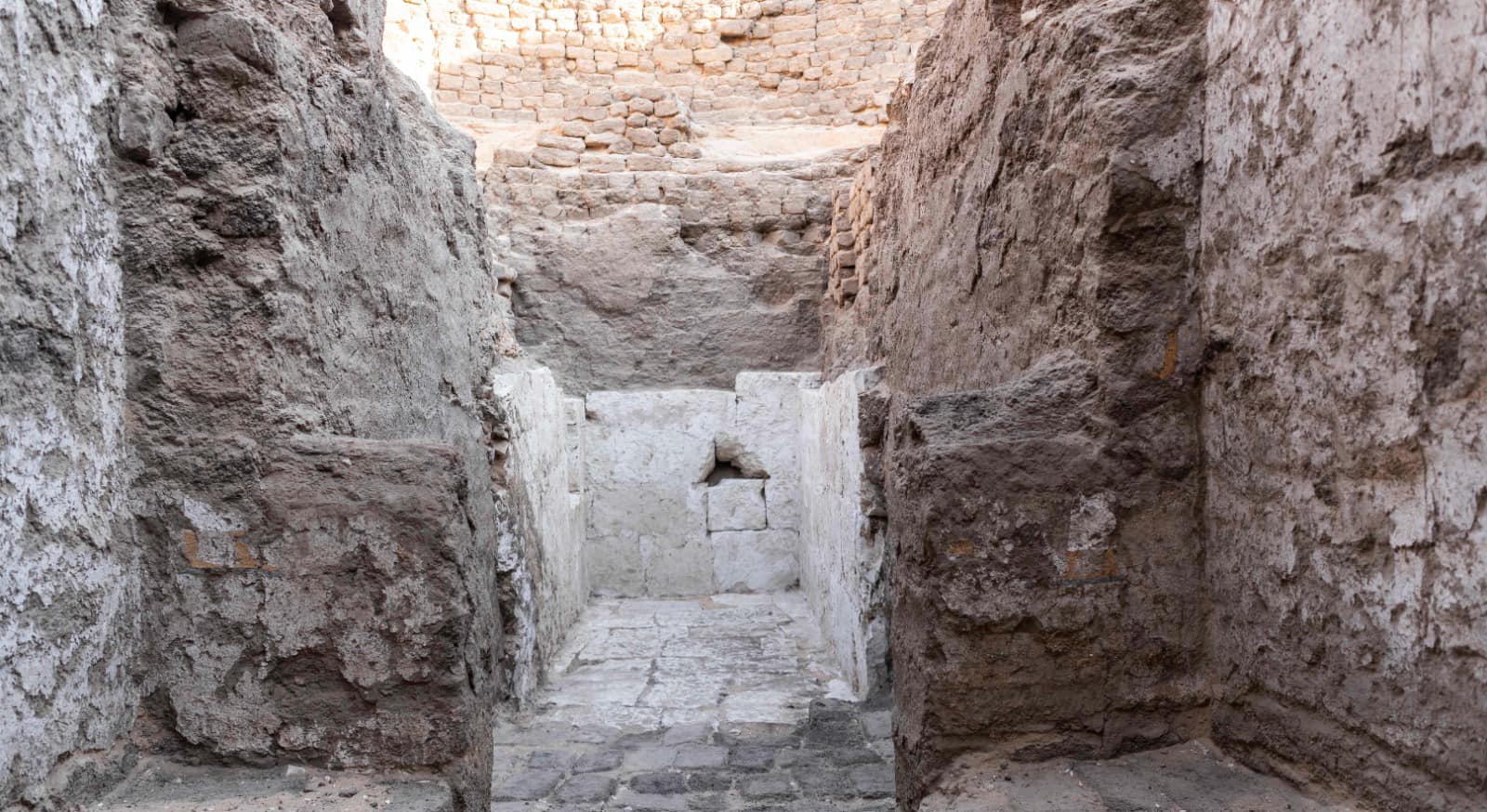An Egyptian-American archaeological team has found a royal tomb, probably dating to the 18th-16th centuries BC. The find sheds new light on this era in the history of ancient Egypt.
The discovery was announced by Egypt’s Ministry of Tourism and Antiquities. According to the published statement, during archaeological work carried out in the Sauhaj province of southern Egypt, a tomb of an unknown pharaoh was found at the archaeological site “Mount Anubis,” which consists of a limestone burial chamber topped by vaults made of silt bricks.
The tomb is five meters high. On both side of the entrance are inscriptions dedicated to Isis and Nephthys, Egyptian goddesses. Inside the tomb, the unreadable remains of hieroglyphic inscriptions can be seen, probably damaged by grave robbers. According to researchers, the inscriptions most likely contained the name of the deceased.
The discovery was made on a sacred mountain near the ancient city of Abydos. The pyramidal peak of “Mount Anubis” was part of the burial complex of the ruler Senuseret III, who reigned from 1878 to 1839 B.C. during the Twelfth Dynasty in the Middle Kingdom.
The mountain peak was also used as a necropolis by rulers of the short-lived local Abydos dynasty, which ruled parts of Middle and Upper Egypt during the Second Intermediate Period, the time between the Middle Kingdom and New Kingdom eras (c.18th-16th centuries BC).
Source: rmf24.co.uk, National Geographic.







